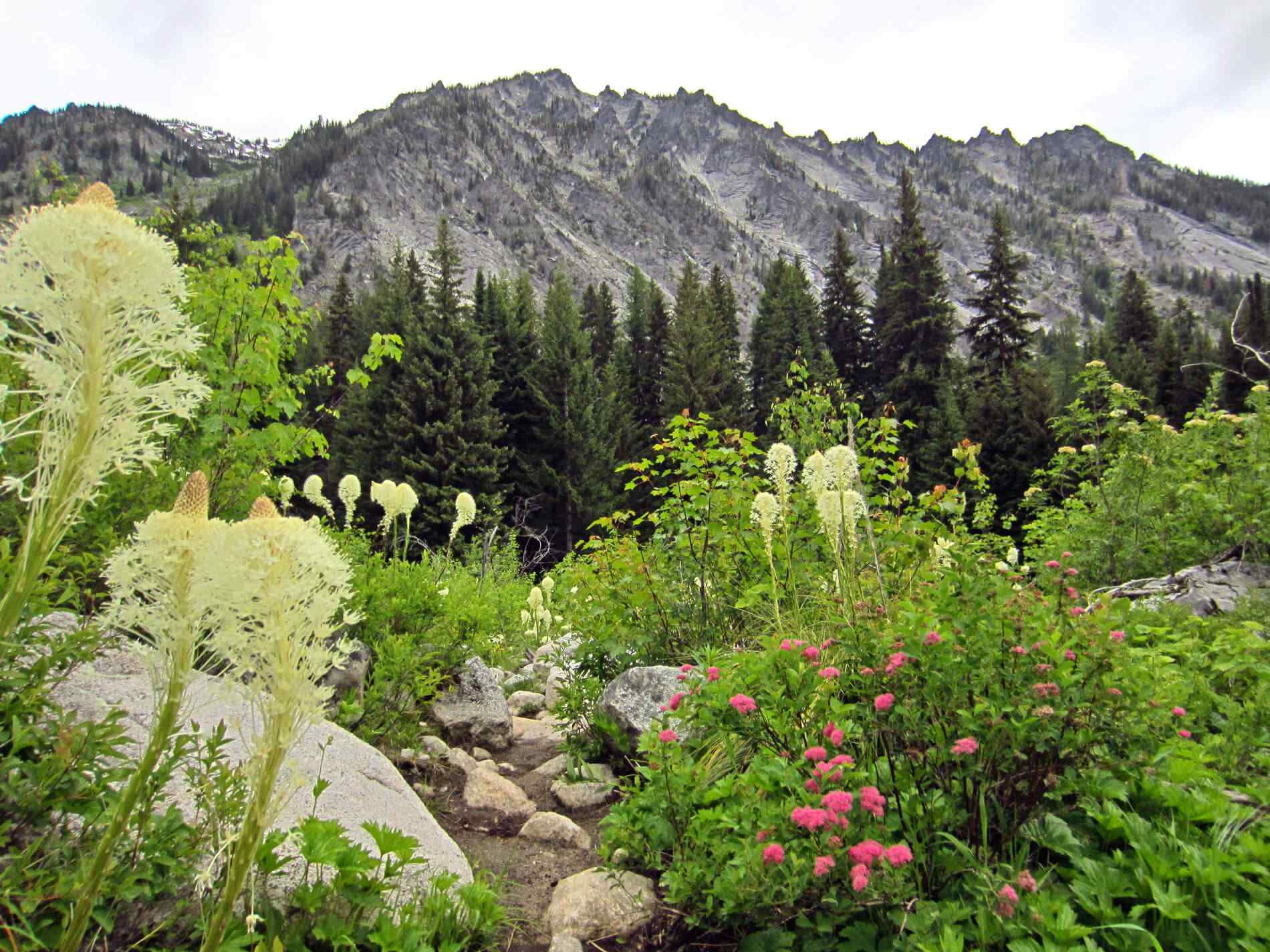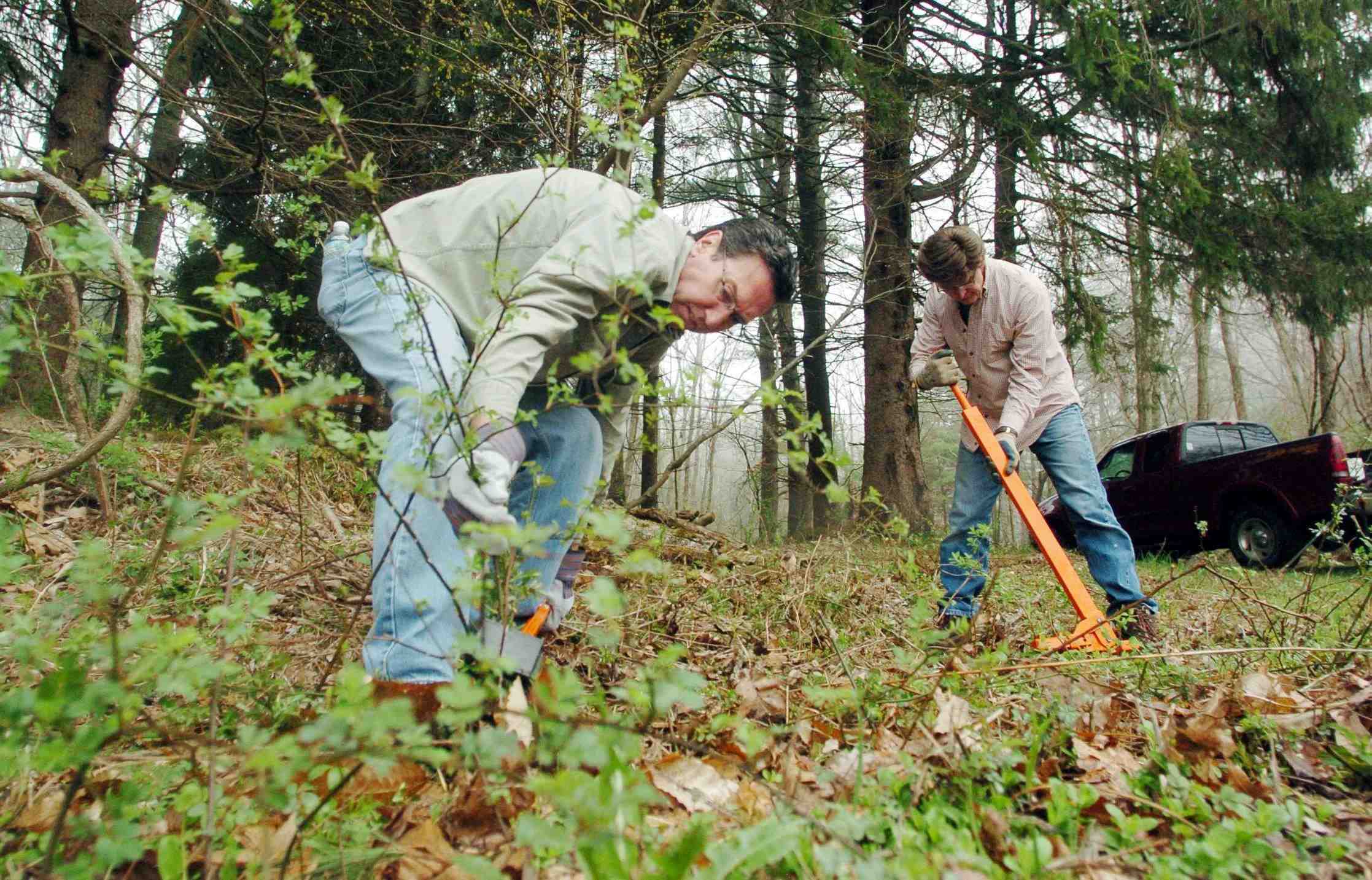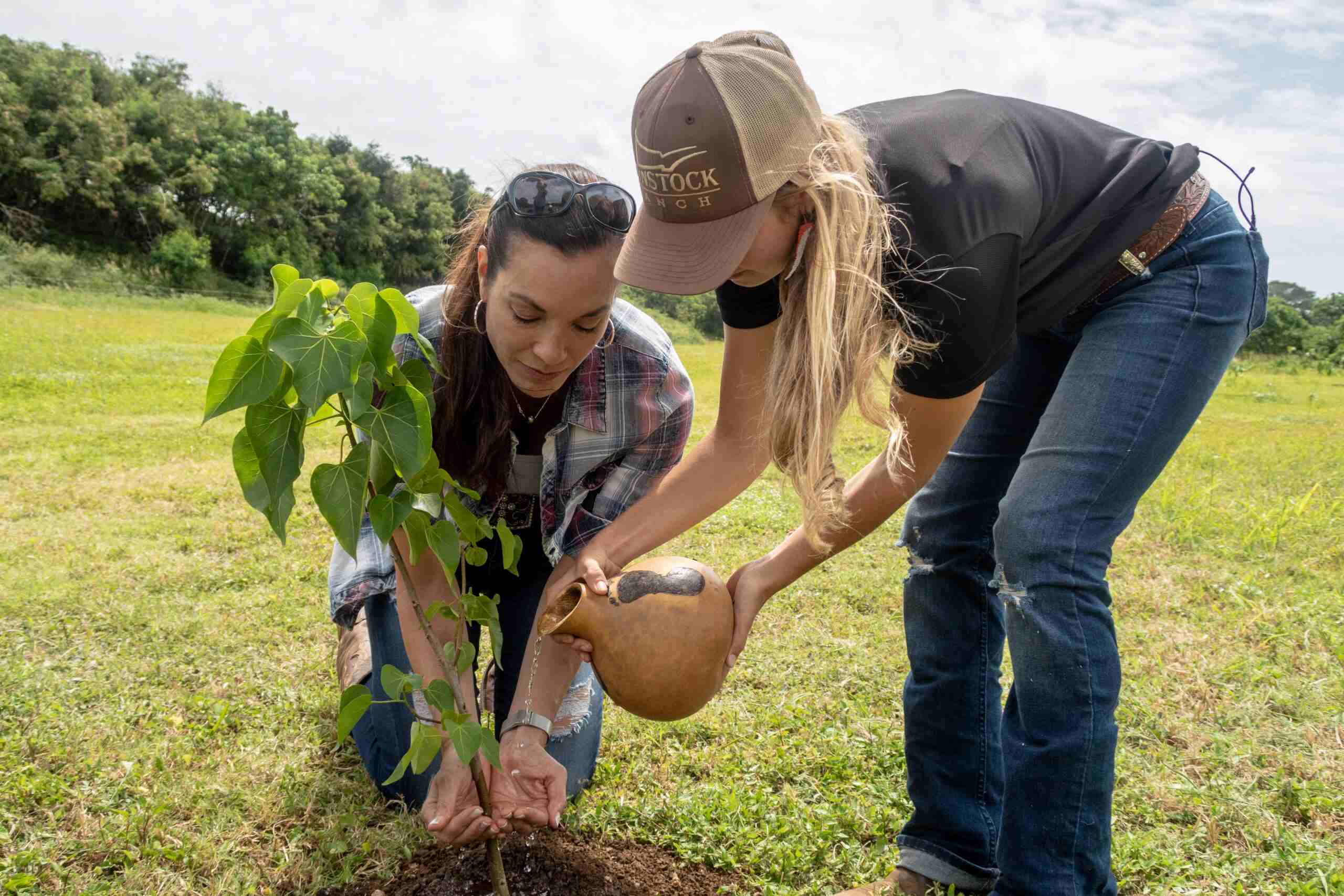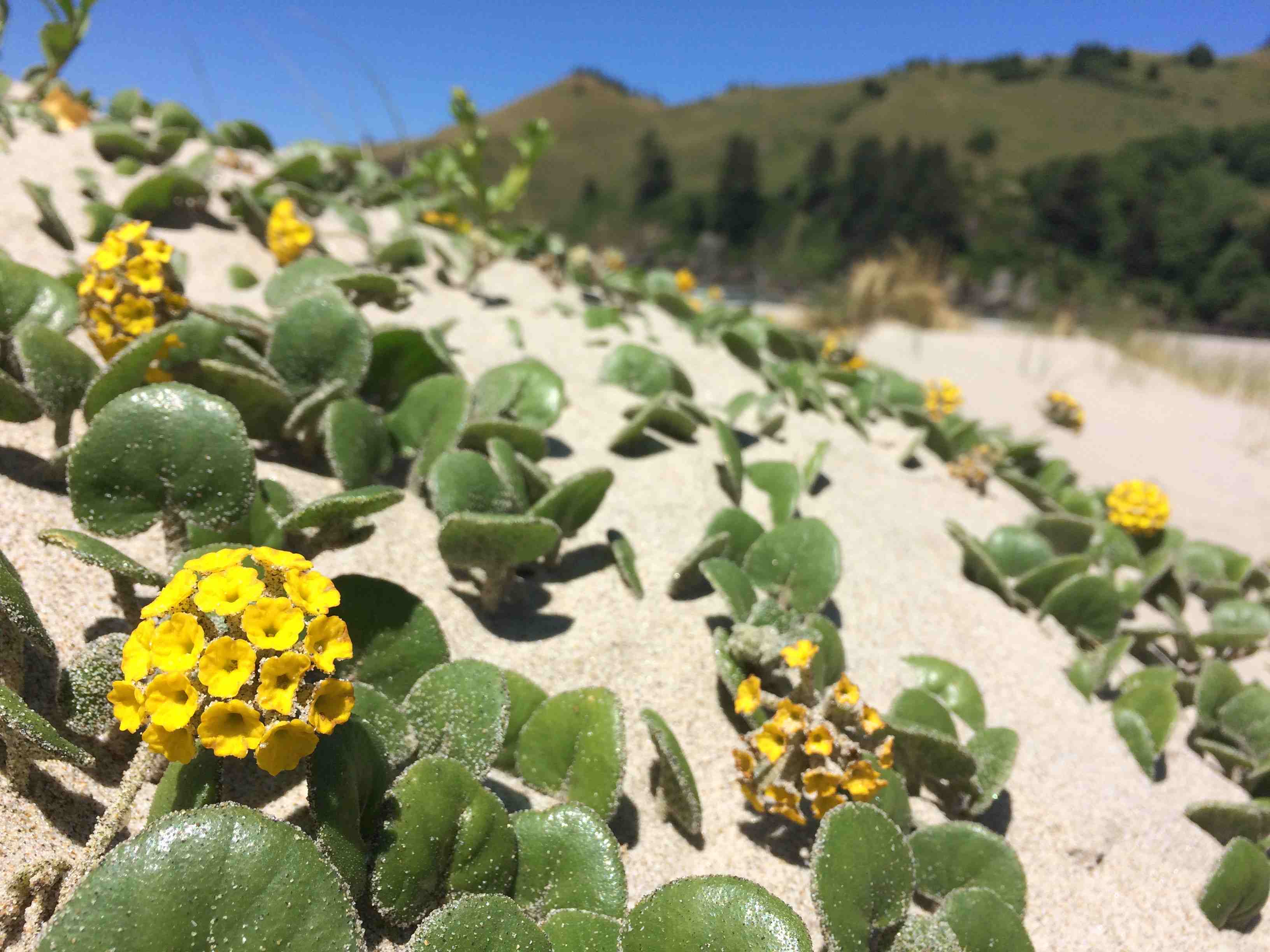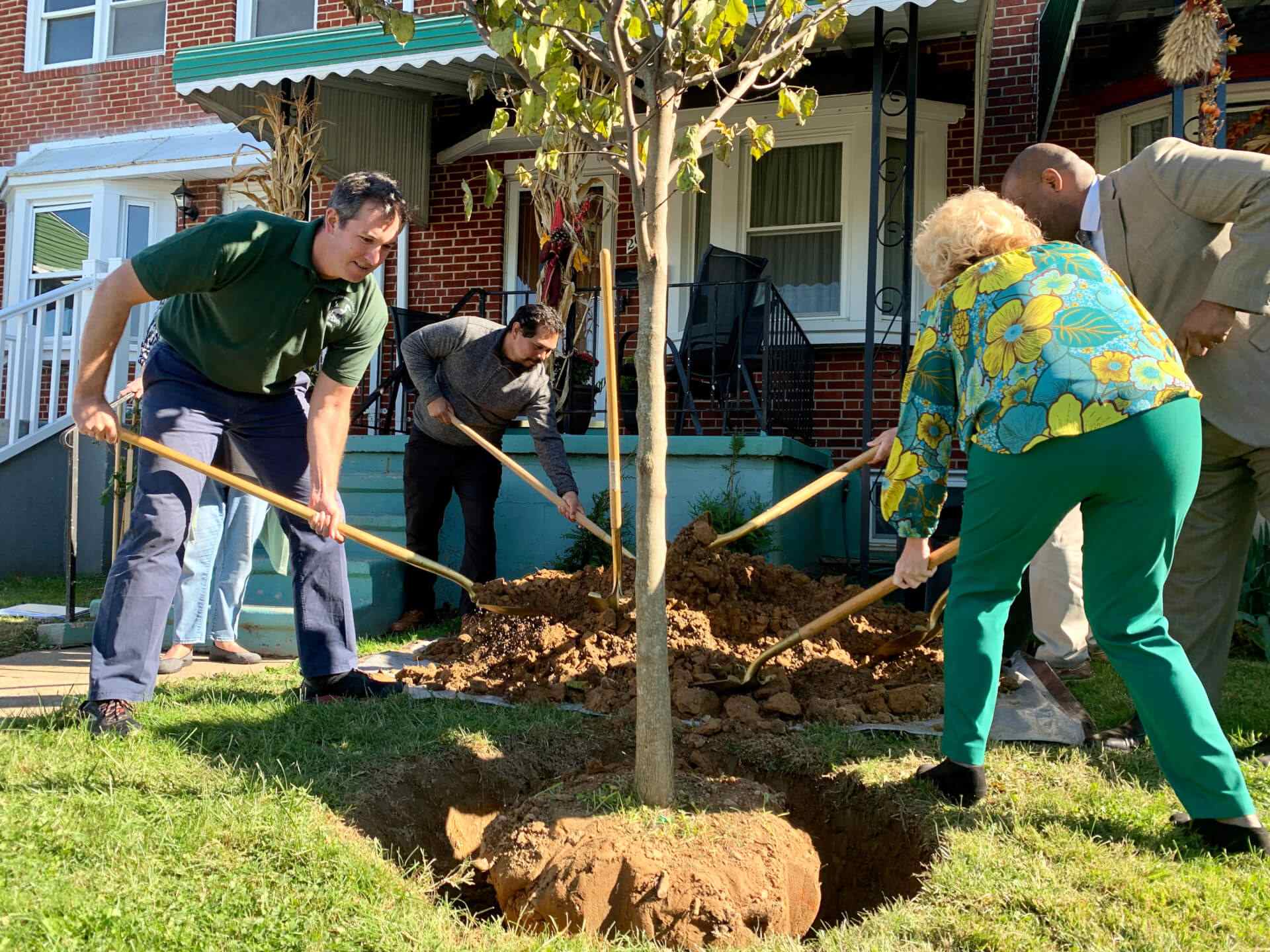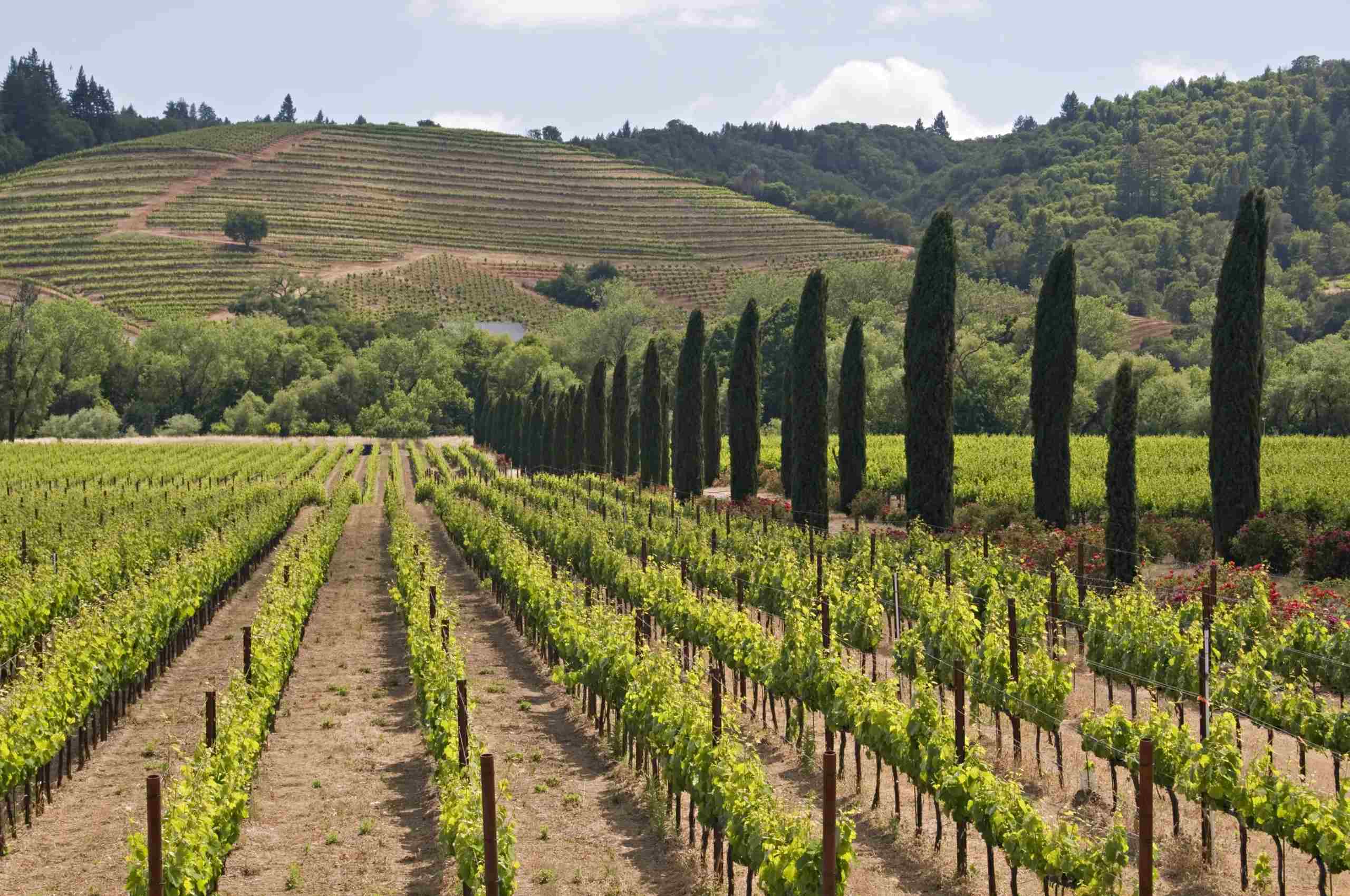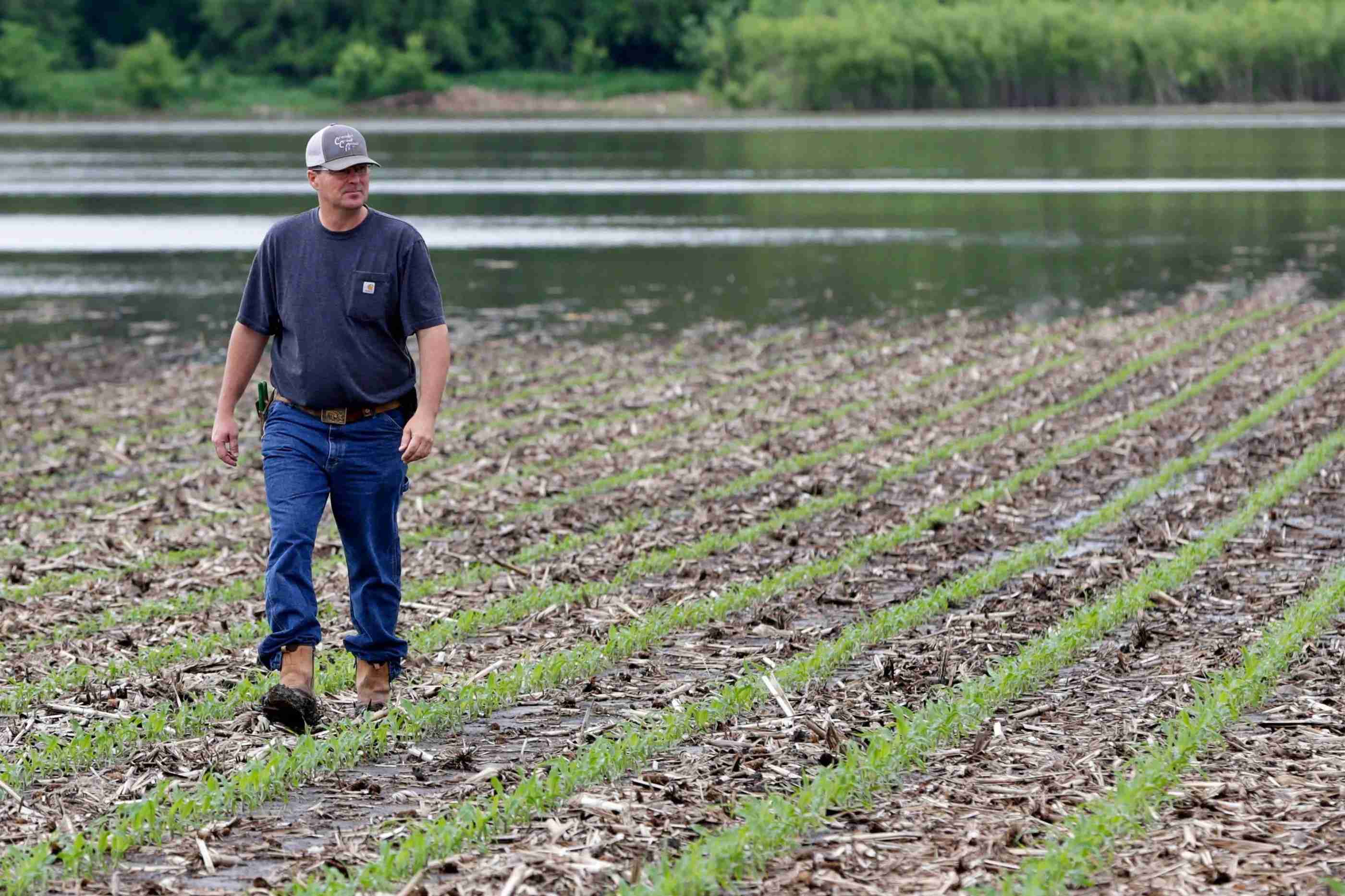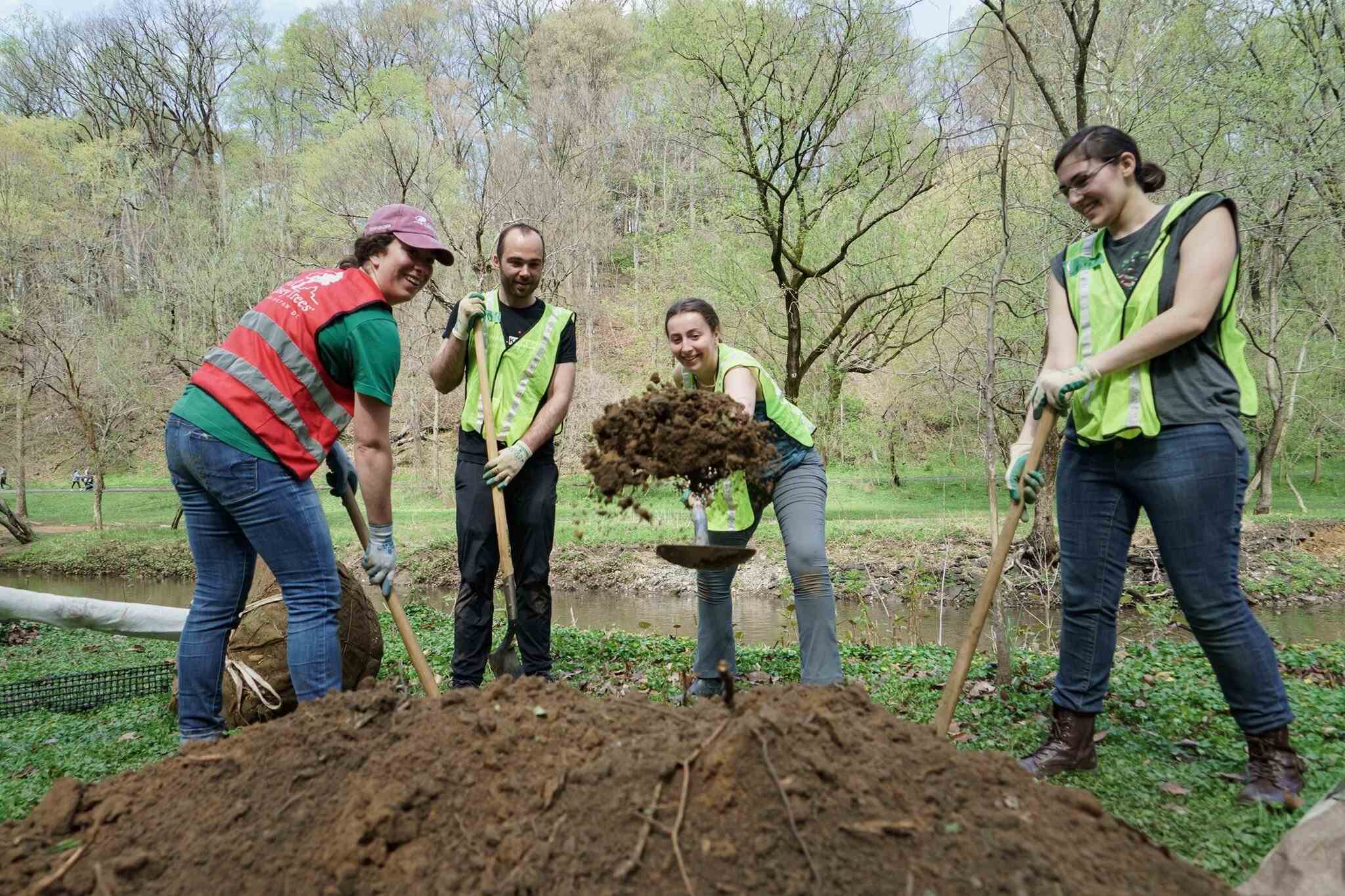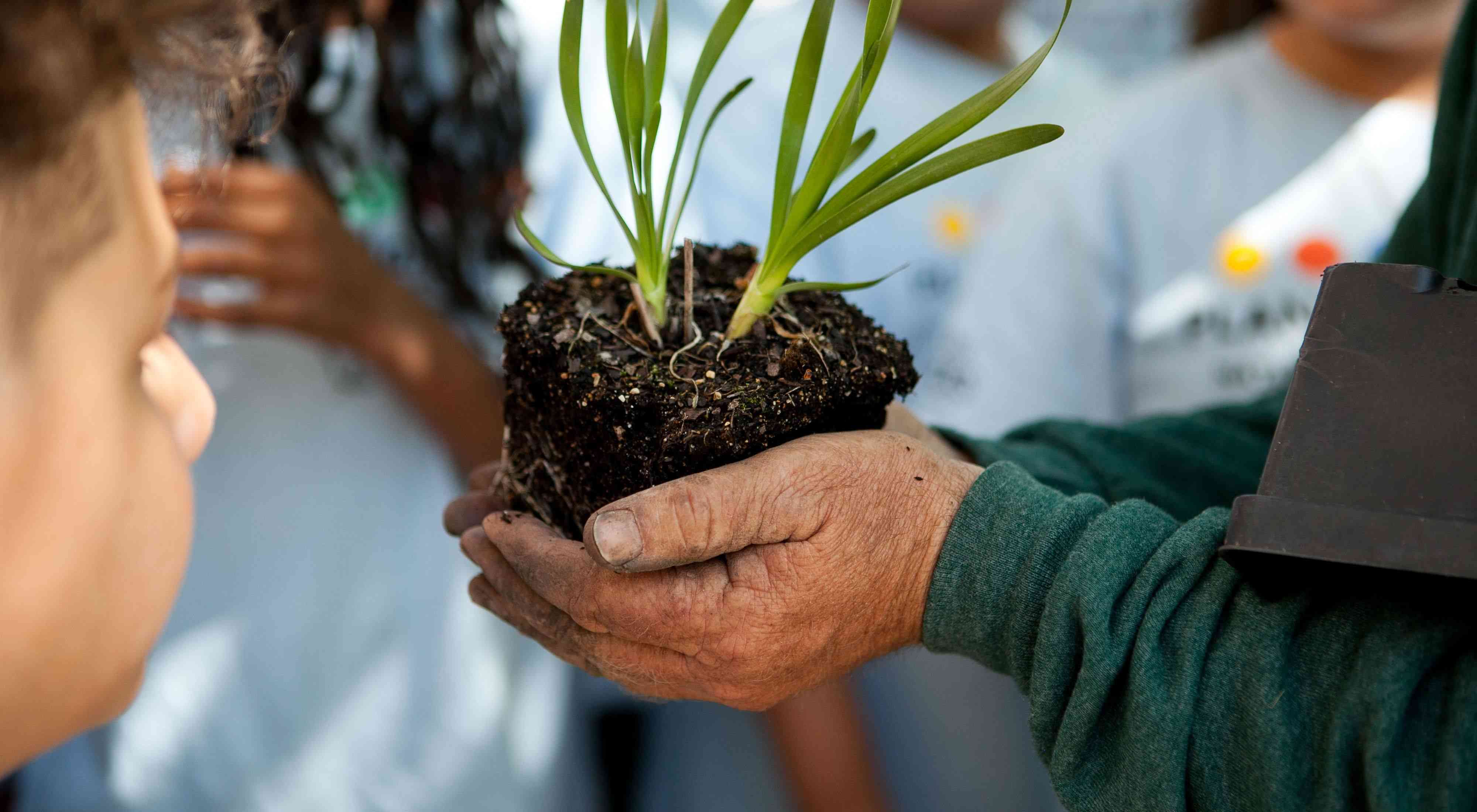Home>Gardening Basics>Understanding Soil>What Planting Zone Is Charleston South Carolina
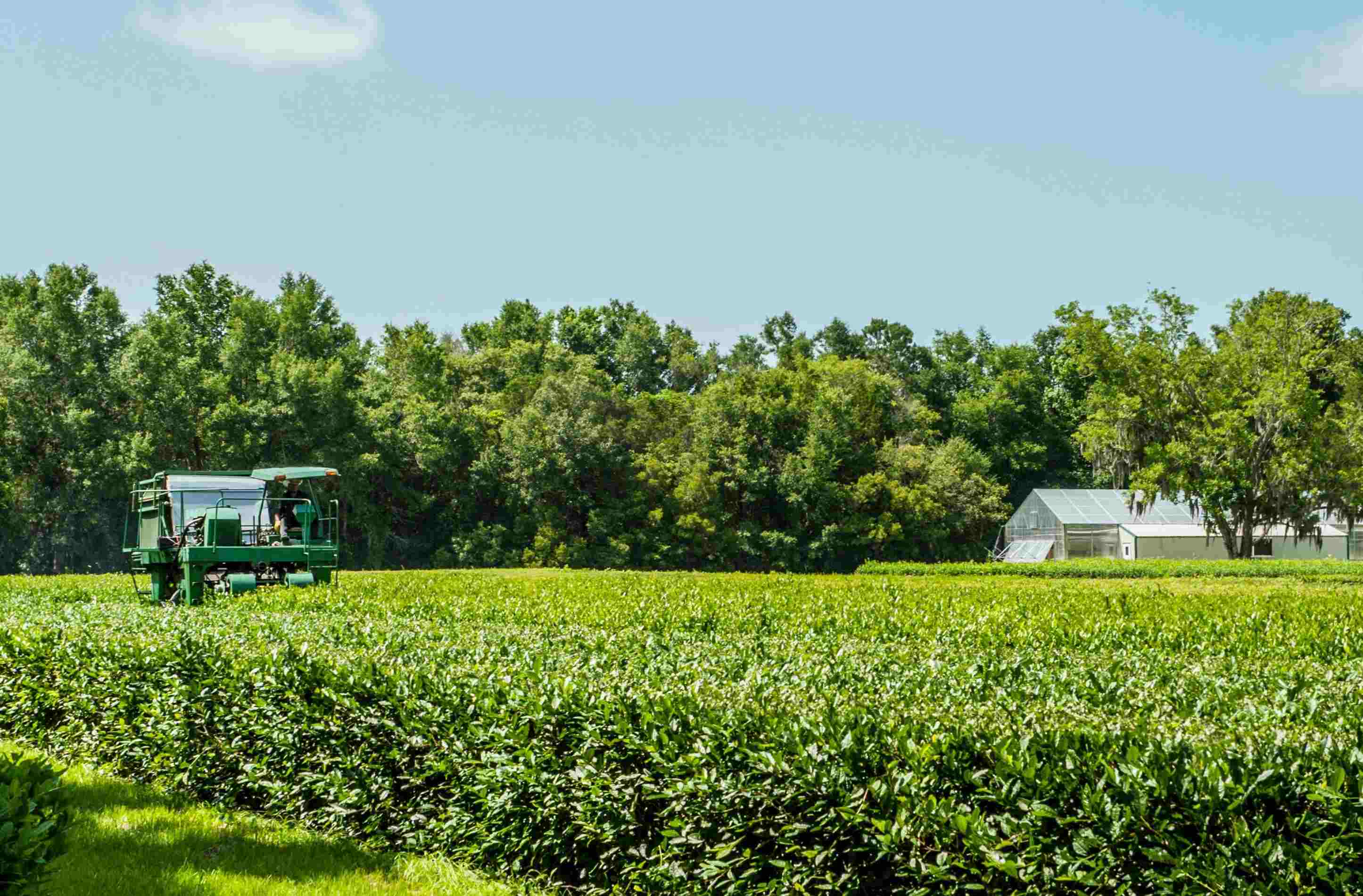

Understanding Soil
What Planting Zone Is Charleston South Carolina
Modified: January 22, 2024
Discover the right planting zone for Charleston, South Carolina and gain a better understanding of soil with our comprehensive guide.
(Many of the links in this article redirect to a specific reviewed product. Your purchase of these products through affiliate links helps to generate commission for Chicagolandgardening.com, at no extra cost. Learn more)
Table of Contents
Introduction
Welcome to the beautiful city of Charleston, South Carolina! Whether you’re a seasoned gardener or just starting out, understanding the planting zone of your region is crucial for successful gardening. Planting zones provide valuable information about the climate and weather conditions that can help you determine which plants are most likely to thrive in your area.
In this article, we will explore the concept of planting zones and delve into the specific planting zone of Charleston, South Carolina. We will also discuss the factors that determine planting zones and provide a list of suitable plants for this region. So, grab your gardening tools and let’s dive into the fascinating world of planting zones!
Planting zones, also known as hardiness zones, are geographical areas that are classified based on their average annual minimum temperature. These zones help gardeners understand the climate of a particular region, which in turn guides their plant selection and planting schedules.
The United States Department of Agriculture (USDA) has divided the country into 11 main planting zones, ranging from zone 1 (coldest) to zone 11 (warmest). Within each of these main zones, there can be subzones that further narrow down the specific climate conditions.
Factors such as altitude, proximity to bodies of water, and other geographical features play a significant role in determining planting zones. Understanding these factors can help you make more informed decisions when it comes to choosing the right plants for your garden.
Understanding Planting Zones
Planting zones, also referred to as hardiness zones, are geographical areas that provide guidance on the types of plants that are most likely to thrive in a particular region. These zones are determined by the average annual minimum temperature of an area, which helps gardeners understand the climate conditions they are working with.
The United States Department of Agriculture (USDA) developed the widely used USDA Hardiness Zone Map, which divides the country into 11 main planting zones. Each zone is determined by a specific range of temperatures, indicating the coldest temperature a region typically experiences in winter.
Understanding planting zones is crucial for successful gardening as it helps gardeners choose plants that can withstand local climate conditions. By selecting plants appropriate for the specific zone, gardeners can increase their chances of having healthy and thriving plants.
Aside from temperature, other factors such as altitude, proximity to bodies of water, and microclimates within a region can affect the local climate and consequently the planting zone. These factors can result in variations within a particular zone, leading to the subdivision of zones into subzones.
It’s important to note that planting zones are not the only consideration when selecting plants for your garden. Factors such as soil type, sunlight exposure, and moisture levels also play a significant role in determining a plant’s success.
Gardeners can find the specific planting zone for their location by referring to the USDA Hardiness Zone Map or consulting local gardening resources. By understanding their planting zone, gardeners can make informed decisions on plant selection, planting schedules, and how to best care for their plants.
Now that we have a better understanding of planting zones, let’s explore the specific planting zone of Charleston, South Carolina, and the factors that contribute to its unique climate.
Factors that Determine Planting Zones
Planting zones are not solely determined by temperature; there are several factors that come into play when determining the appropriate zone for a specific location. Here are some of the key factors that influence planting zones:
- Average Annual Minimum Temperature: One of the primary factors in determining planting zones is the average annual minimum temperature of an area. The USDA Hardiness Zone Map uses temperature data to create zones that reflect the coldest temperatures a region typically experiences. The zones are divided into increments of 10 degrees Fahrenheit, ranging from zone 1 (lowest) to zone 11 (highest).
- Altitude: Altitude plays a significant role in climate variation and is an important factor in determining plant hardiness. As altitude increases, temperatures tend to decrease. This means that higher elevations often have cooler temperatures, resulting in a lower planting zone compared to nearby areas at lower altitudes.
- Latitude: Latitude affects the amount of sunlight an area receives and therefore influences temperature patterns. As you move closer to the equator, temperatures tend to be warmer, resulting in higher planting zones.
- Proximity to Bodies of Water: Large bodies of water, such as oceans and lakes, have a moderating effect on temperature. Coastal areas and regions near large water bodies tend to have milder temperatures, raising the planting zone compared to inland areas with similar average annual minimum temperatures.
- Microclimates: Microclimates refer to small-scale variations in climate within a larger region. Factors such as buildings, hills, or even the orientation of your garden can create microclimates that differ from the surrounding area. These microclimates can result in slight variations in temperature and can impact the planting zone of a specific location.
Understanding the factors that contribute to planting zones is essential for successful gardening. By considering these factors, gardeners can make informed decisions when selecting plants for their garden and ensure that they are well-suited to the specific climate conditions of their location.
Now that we have explored the factors that determine planting zones, let’s move on to learn about the climate of Charleston, South Carolina, and its corresponding planting zone.
Charleston South Carolina’s Climate
Charleston, South Carolina, is known for its warm and humid climate, making it a favorable location for a variety of plants. The city experiences a subtropical climate, characterized by mild winters and hot, humid summers.
Summers in Charleston are typically long and hot, with average temperatures ranging from the high 80s to low 90s Fahrenheit (around 30-35 degrees Celsius). The city receives a significant amount of rainfall during the summer months, which helps to create the lush and green landscapes that Charleston is famous for.
Winters in Charleston are relatively mild compared to other parts of the United States. Average high temperatures during the winter months range from the mid-50s to low 60s Fahrenheit (around 10-15 degrees Celsius), with occasional dips into the 40s Fahrenheit (around 5 degrees Celsius). Frost is rare, but it can occur during exceptionally cold periods.
Spring and fall are transitional seasons in Charleston, characterized by pleasant temperatures and moderate rainfall. Spring brings blooming flowers and foliage, while fall displays vibrant foliage colors as the temperatures cool down.
Due to its proximity to the Atlantic Ocean, Charleston experiences the moderating effect of the ocean, which helps to prevent extreme temperature fluctuations. Additionally, the city is located in Hardiness Zone 8b, which means the average annual minimum temperature falls between 15-20 degrees Fahrenheit (-9 to -6 degrees Celsius).
The combination of a subtropical climate and its specific planting zone make Charleston an ideal location for a wide range of plants. From vibrant flowering plants like azaleas, magnolias, and camellias to delicious fruits like citrus and peaches, Charleston offers a diverse gardening experience.
Now that we understand the climate of Charleston, South Carolina, let’s move on to explore the specific planting zone for this region.
Planting Zone for Charleston South Carolina
Charleston, South Carolina falls within USDA Hardiness Zone 8b. This means that the average annual minimum temperature in Charleston ranges from 15-20 degrees Fahrenheit (-9 to -6 degrees Celsius). Having this knowledge allows gardeners in the region to make informed decisions regarding plant selection and cultivation practices.
Being in Zone 8b provides a wide range of planting possibilities for gardeners in Charleston. Many plants that thrive in both the subtropical and temperate climates can be grown in this zone. However, it is essential to consider other factors such as sunlight exposure, soil conditions, and rainfall patterns when selecting plants for optimal growth.
Some popular plants that are well-suited for Charleston’s Zone 8b include:
- Palms: Palm trees, such as the Windmill Palm (Trachycarpus fortunei), can add a tropical touch to Charleston landscapes.
- Azaleas: These beautiful flowering shrubs are a staple in Charleston gardens, with their vibrant blooms in shades of pink, purple, and white.
- Magnolias: The Magnolia grandiflora, with its large, fragrant white flowers, is a quintessential Southern tree that thrives in Zone 8b.
- Camellias: Known for their elegant and colorful blooms, camellias are a popular choice for Charleston gardens, providing beauty in the cooler months.
- Citrus Trees: Charleston’s warm climate allows for the successful cultivation of citrus trees, such as oranges, lemons, and limes, adding a fresh and tangy touch to homegrown produce.
- Blueberries: These delicious and nutritious berries thrive in Zone 8b’s acidic soil conditions, making it an excellent choice for home fruit production.
While these plants are well-suited for Charleston’s planting zone, it is important for gardeners to assess specific site conditions and consider their preferences and maintenance capabilities when selecting plants. Consulting local nurseries and horticultural experts can provide valuable insights and recommendations for plants that will thrive in Charleston’s specific environment.
By understanding the planting zone and choosing appropriate plants, gardeners in Charleston can create beautiful and thriving gardens that showcase the unique charm of this southern city.
Suitable Plants for Charleston South Carolina
Charleston, South Carolina’s Zone 8b planting zone offers a wide range of plants that are well-suited for the region’s subtropical climate. Whether you’re looking for vibrant flowers, lush foliage, or delicious fruits, Charleston has plenty of options for your garden. Here are some suitable plants to consider:
Azaleas: Known for their stunning display of showy flowers, azaleas are a popular choice in Charleston. These flowering shrubs come in a variety of colors and can add a vibrant pop to your garden in the spring.
Camellias: Another flowering favorite, camellias, thrive in Charleston’s mild winter temperatures. With their elegant blooms and glossy evergreen foliage, they add beauty to the garden during the cooler months.
Palms: Embrace the tropical feel of Charleston with palm trees. Windmill palms (Trachycarpus fortunei) and sabal palms (Sabal palmetto) are excellent choices that can withstand the occasional cold snap of the area.
Magnolias: Magnolia trees, particularly the Magnolia grandiflora, are a classic southern choice. With their large white flowers and glossy green leaves, they bring both beauty and fragrance to the garden.
Citrus Trees: Charleston’s warm climate allows for the successful cultivation of citrus trees. Growing your own oranges, lemons, or limes can add a touch of freshness and complement the local cuisine.
Blueberries: If you’re looking for edible plants, blueberries are an excellent choice. These berries thrive in Charleston’s acidic soil conditions and offer delicious and healthful fruits in the summer months.
Herbs: Herbs like rosemary, basil, thyme, and oregano can thrive in Charleston’s climate and are perfect for adding flavor to your culinary creations.
Native Plants: Opting for native plants is an excellent choice for Charleston gardens, as they are already adapted to the local environment. Native species like asters, coneflowers, and black-eyed susans not only add beauty but also support the local ecosystem.
When selecting plants for your Charleston garden, consider factors such as sunlight exposure, soil conditions, and maintenance requirements. It’s also a good idea to check with local nurseries or professional landscapers for specific plant recommendations tailored to your unique gardening needs.
By choosing plants that are suitable for Charleston’s planting zone and considering other site-specific factors, you can create a beautiful and thriving garden that brings joy and enhances the charm of this southern city.
Conclusion
Understanding planting zones is a key aspect of successful gardening, and in Charleston, South Carolina, being aware of the specific planting zone is crucial for selecting the right plants that thrive in the region’s unique climate. With its subtropical climate and Zone 8b hardiness, Charleston offers a wide range of planting possibilities.
By considering factors such as temperature, altitude, proximity to bodies of water, and microclimates, gardeners can make informed decisions when selecting plants suited for their specific location. Charleston’s warm and humid climate provides an ideal environment for a variety of plants, including azaleas, camellias, palms, magnolias, citrus trees, and blueberries. These plants add color, fragrance, and even delicious fruits to Charleston gardens.
When planning your garden, it’s important to consider site-specific factors such as sunlight exposure, soil conditions, and maintenance requirements. Native plants are also a great option, as they are already adapted to the local environment and support the local ecosystem.
Consulting with local nurseries, horticultural experts, and gardening resources can provide valuable insights and recommendations for successful gardening practices in Charleston. By taking advantage of the abundant plant options and capitalizing on the favorable climate, gardeners can create beautiful and thriving gardens that reflect the charm and character of Charleston.
So, whether you’re a resident of Charleston or simply visiting this beautiful city, embrace the planting zone and let your garden bloom with the rich and diverse selection of plants that thrive in this subtropical paradise.
